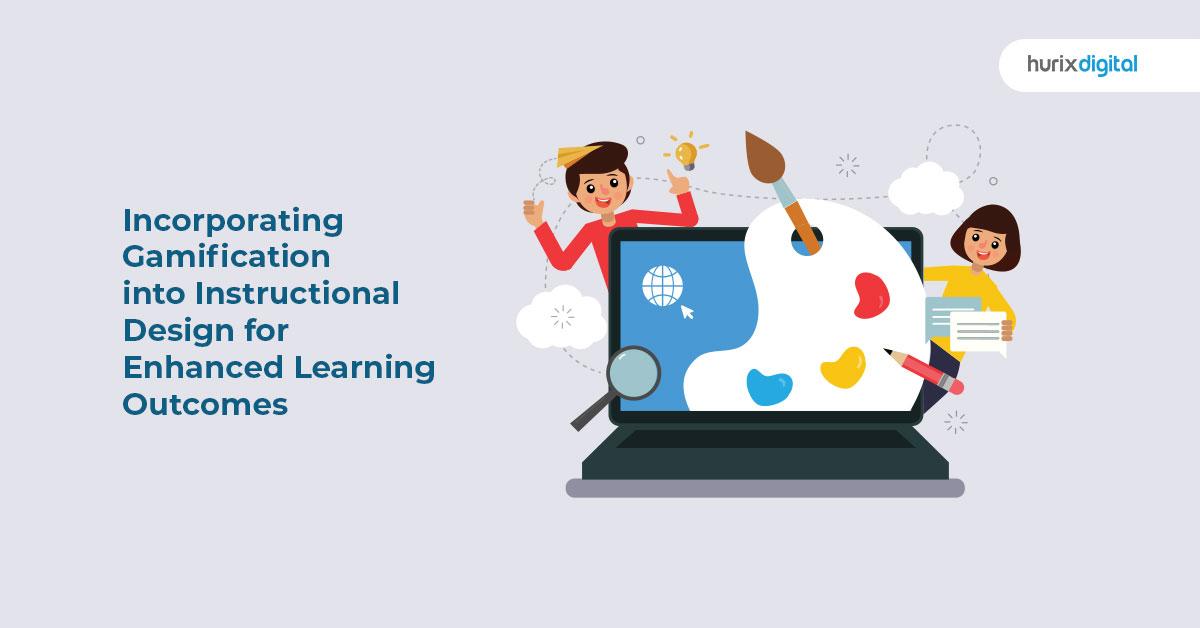Unlocking Tomorrow: The Future of Educational Gamification in Learning
Educational gamification is reshaping the learning landscape, making education more engaging, interactive, and effective than ever before. Dive into the future of gamification in learning and see how tomorrow’s classrooms and online learning platforms will maximize student potential.
What is Educational Gamification?
Educational gamification—the strategic integration of game elements such as point scoring, leaderboards, badges, and interactive challenges into educational settings—has become a catalyst for deeper learning and greater student motivation. Unlike conventional methods, gamified learning environments capitalize on the natural human affinity for competition, achievement, and storytelling, thereby transforming lessons into immersive experiences.
Why is Gamification the Future of Learning?
As digital natives become the primary learners, the fusion of education and game-based elements is more than just a trend—it’s the future of learning. The future of educational gamification promises adaptability, personalized learning experiences, and measurable growth.
- Boosts Engagement: Students are more likely to stay attentive and invested.
- Personalized Learning Paths: Gamified platforms tailor content based on student performance and interests.
- Immediate Feedback: Instant scores and hints encourage iterative learning and self-correction.
- Collaboration & Social Learning: Multiplayer games and group challenges encourage teamwork and communication.
- Safe Space for Failure: The playful context reduces fear of failure, fostering resilience and growth mindset.
Latest trends Shaping Educational Gamification
The evolution of technology continues to fuel new gamification trends in education. Here are some of the most exciting developments shaping the future:
1. Artificial Intelligence & Adaptive Learning
AI-driven analytics track student progress in real time, dynamically adjusting game difficulty, content pacing, and reward systems to match individual learners’ needs. This ensures every student receives optimized challenges and learning support.
2. Augmented Reality (AR) & virtual Reality (VR)
AR/VR technologies are transporting students beyond the confines of traditional classrooms. Imagine students exploring ancient civilizations or dissecting virtual organisms, all within gamified environments. These immersive experiences deepen understanding and retention.
3. Blockchain & Digital Credentials
Secure digital badges, micro-credentials, and certificates recorded on the blockchain provide verifiable proof of skill mastery. As gamification rewards gain real-world recognition, students’ academic and extracurricular achievements garner tangible value.
4. Social and Collaborative Gamification
Modern gamification leverages social features—think leaderboards, group quests, and peer feedback—to foster competitive spirit and community interaction, essential skills for the connected workforce of tomorrow.
Key Benefits of Gamification in Education
Adopting gamification in educational institutions delivers measurable advantages. Here’s why educators and learners alike are championing gamified learning:
- Enhanced Retention: students recall concepts better when learning is interactive and context-driven.
- Motivation Through Progression: Levels,quests,and achievements inspire students to push beyond their perceived limits.
- Data-Driven Insights: Educators can personalize instruction using rich engagement and performance metrics collected from gamified platforms.
- Lifelong Learning Mentality: The “play to learn” philosophy instills curiosity and a growth mindset that extends well beyond the classroom.
- Inclusivity & Accessibility: Gamification can cater to diverse learning styles (visual, kinesthetic, auditory) and special needs through adaptive design.
Case Studies: Gamification Success Stories
Let’s spotlight some pioneering examples of gamification in learning, epitomizing its potential for tomorrow’s education.
Khan Academy’s Mastery System
Khan Academy leverages point scoring, badges, and learning streaks to incentivize consistent engagement. Its mastery learning approach ensures students progress only when concepts are thoroughly understood.
Classcraft: Turning Classrooms into Adventure Games
Classcraft transforms classes into collaborative RPGs, where students “level up” by completing assignments and displaying positive behavior. Teachers report improved classroom management and student collaboration.
DuoLingo’s gamified Language Learning
DuoLingo uses streaks, XP, leaderboards, and bite-sized challenges to keep learners returning daily. Its engaging format sets a benchmark for gamification in mobile education.
Practical Tips for Implementing Gamification in Learning
Whether you’re an educator,edtech entrepreneur,or e-learning content creator,harnessing gamification’s power requires thoughtful planning. Here’s how you can start:
- Set Clear Learning Objectives: Align game mechanics (points, badges, levels) with specific educational outcomes.
- Start Small: Introduce simple elements such as quizzes, progress bars, or rewards before scaling up to fully gamified curricula.
- Encourage Collaboration: Design activities that promote teamwork, peer learning, and shared problem-solving.
- Provide Regular Feedback: Real-time and constructive feedback maintains motivation and helps correct errors quickly.
- iterate Based on Data: Use analytics to identify which gamified elements drive engagement and which need advancement.
- Ensure Accessibility: Make games inclusive for diverse learners by providing multiple modes of engagement and support.
First-Hand Experience: A Teacher’s Viewpoint
“After implementing a simple point and rewards system for class participation, I noticed even the previously quiet students began contributing enthusiastically. The amiable competition and tangible recognition changed the classroom atmosphere entirely—learning became a joyful adventure.”
– Ms. Jane Lee, 7th Grade Science Teacher
Overcoming Challenges: The Path to Effective Gamification
Despite its many advantages, gamification in learning is not without challenges. Awareness and proactive planning can make implementation smoother:
- Balance Play & Learning: Avoid making fun the sole focus; learning goals must remain primary.
- prevent Superficial engagement: Design experiences that promote deep understanding, not just rapid wins for points.
- resource Intensity: Quality gamification can require technological investments and teacher training. Start with scalable steps and leverage existing platforms.
- Monitor Student Participation: Ensure inclusivity—no one should feel left out due to lack of digital access or lower gaming proficiency.
Conclusion: Unlocking Endless Possibilities
Educational gamification is not just a fleeting trend—it’s a transformative force redefining how we think about student engagement, achievement, and lifelong learning. As technology continues to advance, the synergy between game design and pedagogy will unlock deeper, more meaningful educational experiences for learners everywhere.
Whether you’re an educator eager to modernize your classroom, an edtech innovator designing the next big app, or a parent seeking new ways to inspire your child, embracing the future of educational gamification can empower every learner to reach their highest potential. It’s time to press “play” on tomorrow’s classroom—where every lesson is an adventure waiting to be unlocked.

